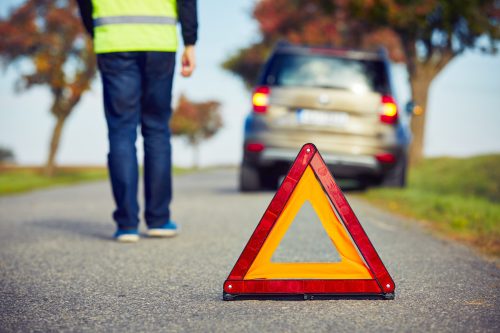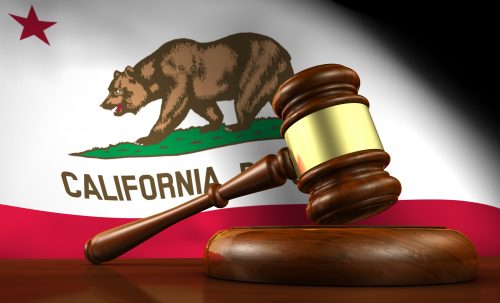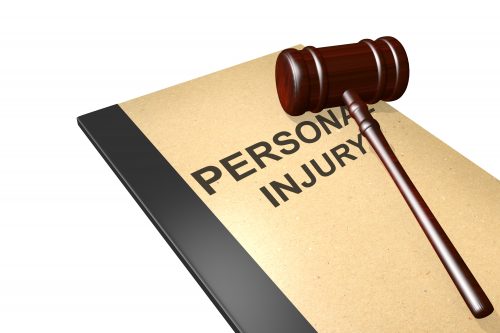If you have been injured in a car accident, you can receive compensation for medical bills, lost wages, and related expenses from either your car insurance company or the other driver’s insurance company, depending on who was at fault. Solid evidence makes your claim stronger. You want to prepare as much documentation as possible when submitting a claim to the car insurance company. Here’s how to get the most out of your personal injury claim after an accident.
Do’s:
- Make a police report after an accident.
- Get the following information from the other driver: his/ her name, address, driver’s license number, home phone, work phone, cell phone, vehicle license plate, insurance company’s name and policy number. (Look at his/ her driver’s license for verification).
- Get contact information from all witnesses at the scene.
- Take photos of the damage to your car and of the accident scene.
- Notify the DMV. In California, the DMV must be notified of any accident where there has been (1) an injury (no matter how small), (2) death, or (3) property damage in excess of $750.
- If you were injured, it is extremely important that you see a medical provider
- A checkup may be a good idea for both you and your passengers if any of you have concerns about your health. You could be injured and not know it.
- Notify your insurance company of the accident even if the other party is at fault.
- Keep a diary of all your injuries, pain, and emotional feelings. Make notes, on weather and road conditions. Be sure to record the exact time, date and place the accident happened.
- In California you are entitled to recover lost wages for the time you were off work, even if you used your sick pay or received other disability benefits.
- Keep all records, physical evidence or photos, and submit them to your personal injury attorney.
Don’ts:
- Do not give a statement to the police about the accident if you are disoriented, injured, or shaken up. Advise the police officer of your condition.
- Do not give an oral or written statement to the other driver’s insurance company, until you consult with attorney.
- Do not sign any authorizations sent to you by the other driver’s insurance.
- Do not settle your property damage claim until all repairs have been done to your satisfaction.
- Do not enter into any settlement of your personal injury claim until you have recovered from your injuries and know the full extent of your injuries.
- Do not exaggerate your injuries.
- Do not discuss the accident with anyone, including all social media, such as Facebook.
If you plan to sue, do not delay. There are time limits for filing various types of claims—so act quickly. Contact the experts at Sisneros Graziani LLP for a free consultation and evaluation of your case. We will fight to get you the compensation you deserve!




